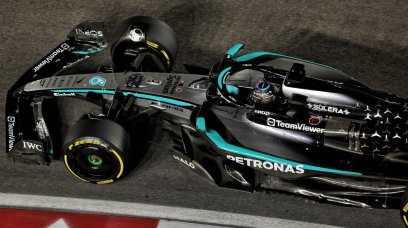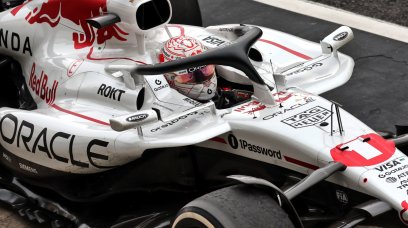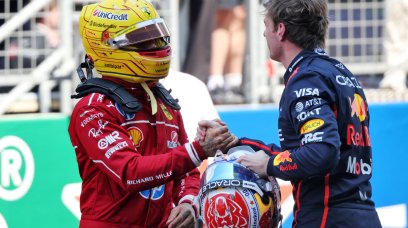In the vibrant launch of Ferrari's 2023 F1 car, the SF-23, it was clear that the team have stayed true to their 2022 design concept, with the car baring a strong resemblance to last year's car, the F1-75. With Red Bull, Ferrari and Mercedes all remaining committed to their design choices from 2022, fans will be fascinated to find out who has delivered the fastest car. Ferrari's generous launch, where fans were treated to a real, evolved F1 car, allowed the eagle-eyed spectators to see a host of curious design features. But what are the reasons for these new features? RacingNews365 technical expert Paolo Filisetti explains...
The side ducts
The interesting design changes in the evolution from the F1-75 to the SF-23 are repressed by clever solutions which are possible to point out by looking closely to the car. In particular, it was interesting to spot a vertical inlet, placed in the lower section of the chassis, just in front of the sidepods. This inlet is referred to as the 'bypass duct' by Ferrari technicians, which exits at the top of the sidepods. The aim is to energise the airflow, and in particular the hot stream exiting from the upper gills, so to divert it towards the rear end of the car.
The evolved signature scooped sidepods
From the top it is clear to see that the sculpted profile of the top of the sidepods has remained as a prominent feature of this car, as it was on the predecessor. We can see how the exit of the bypass duct is divided into two portions so to feed differently the air flow passing beneath.
Aerodynamic upgrades at the front
The wing has increased its downwash capability with the flaps tapering down sharply towards the endplate. It's very interesting to see the addition of the five vortex generators or diverters, which have been installed to increase the outwash of air flow. It is also visible how the steering rod now it is at the same level of the lower front suspension wishbone. Compared to the F1-75, this helps to create an aerodynamically 'cleaner' area. The F1-75 had the steering rod located between the upper and the lower wishbones.
Most read









